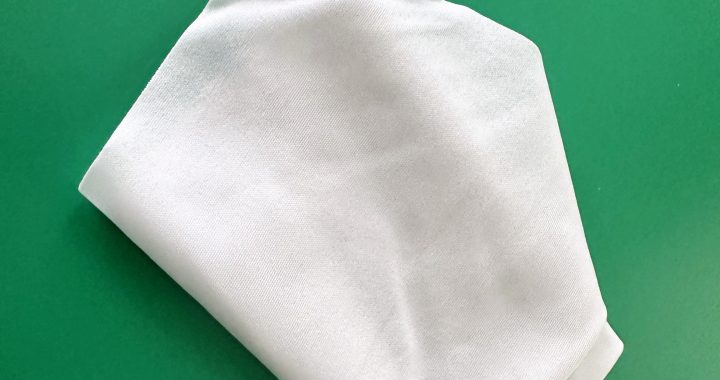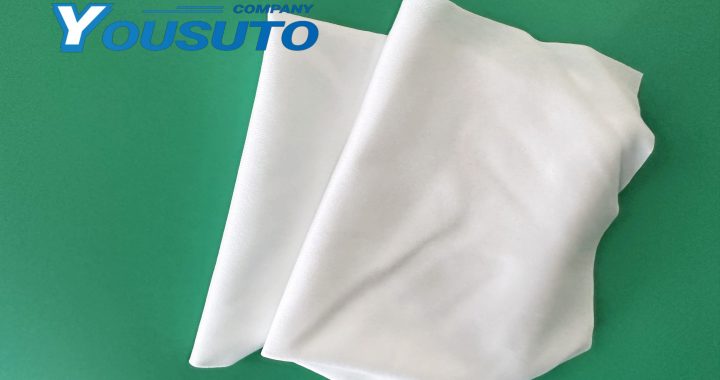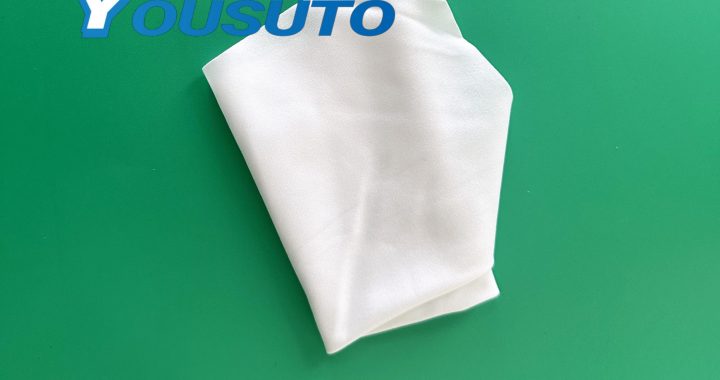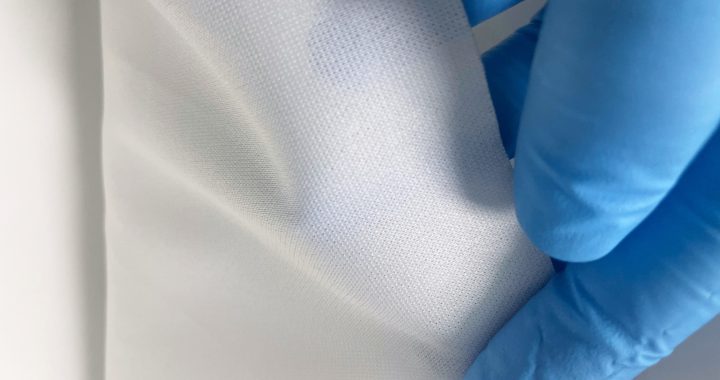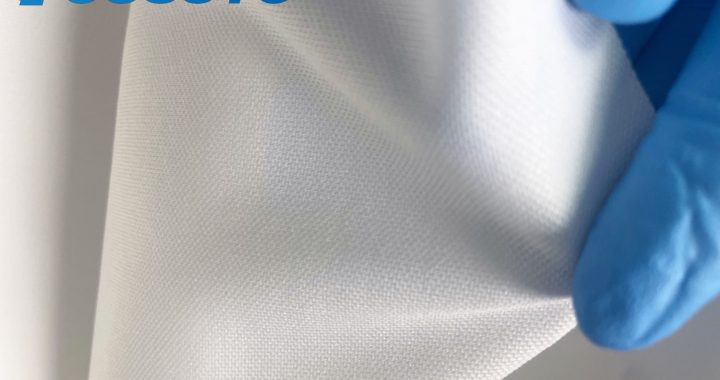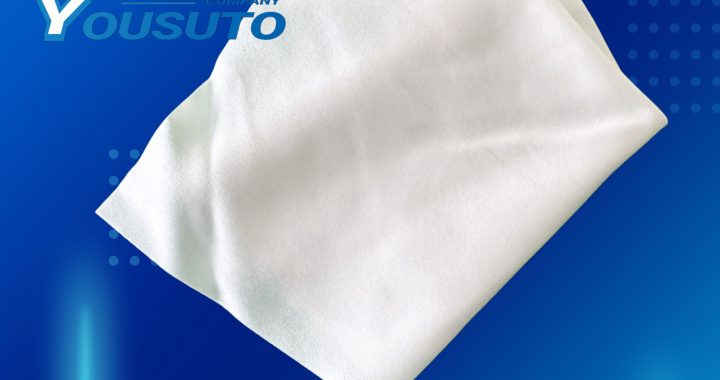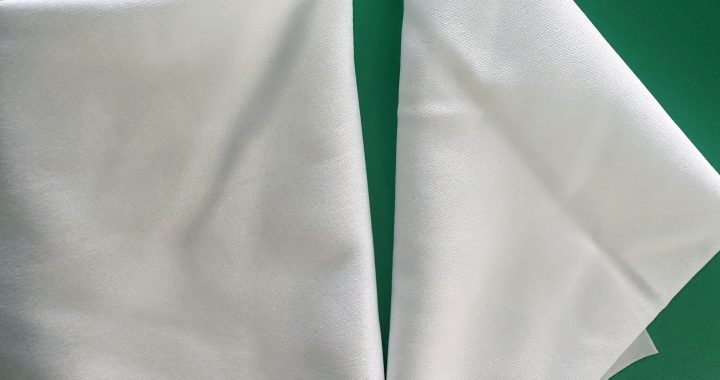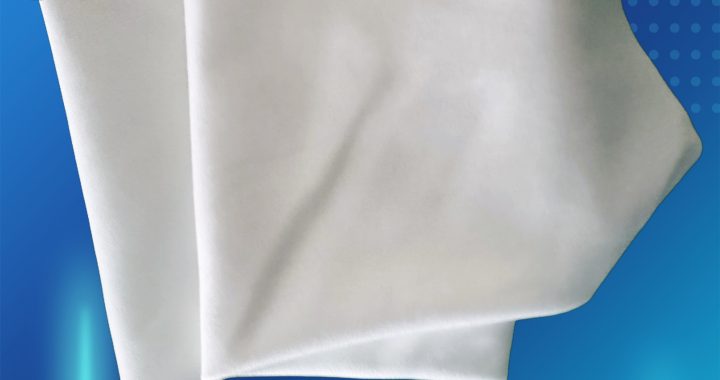High-density cleanroom wipes are highly effective for cleaning optical instruments such as microscopes, cameras, spectrometers, and lenses. Their ultra-fine, tightly woven fibers efficiently remove dust, oils, flux residues, and microscopic contaminants without scratching delicate surfaces. Lint-free and anti-static properties prevent particle redistribution and electrostatic discharge (ESD), protecting sensitive optical components. For optimal results, use pre-wetted wipes with high-purity solvents for stubborn residues and employ single-direction wiping with controlled pressure. These wipes are suitable for Class 100–1000 cleanrooms, improving cleaning efficiency, maintaining optical clarity, and extending the lifespan of precision instruments.
Key Features:
-
Ultra-fine, high-density fibers for scratch-free cleaning
-
Lint-free and anti-static for sensitive surfaces
-
Compatible with dry or solvent-assisted cleaning
-
Efficient removal of dust, oils, and microscopic residues
Application Scope:
-
Laboratory microscopes and optical lenses
-
Cameras and imaging systems
-
Spectrometers and precision optical instruments
-
Cleanroom optical assembly and maintenance
